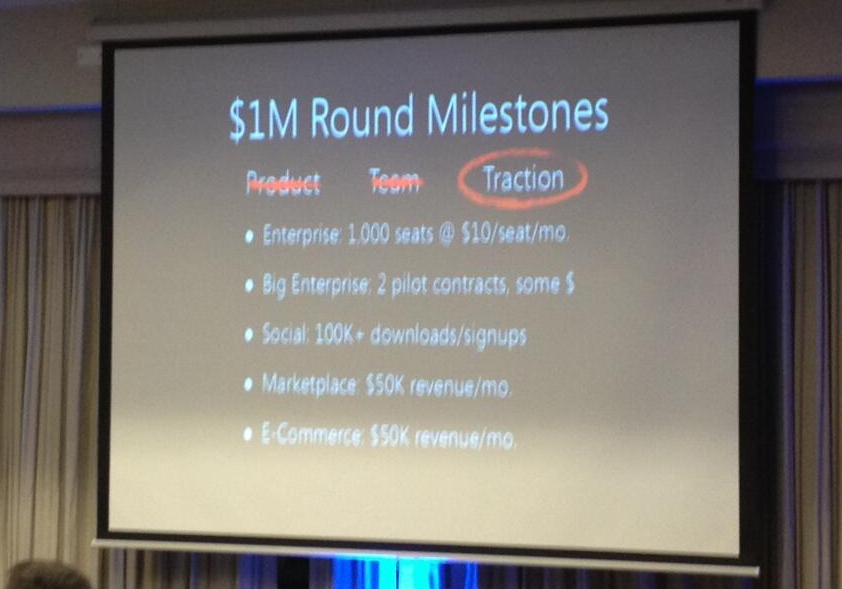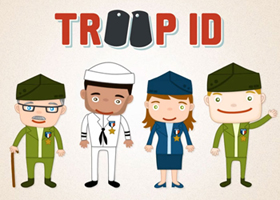 Producteev for Productive Collaboration
Producteev for Productive Collaboration
“I highly recommend cross-platform tool Producteev for collaboration. It’s easy to set up, easy to use, and fantastic for team members who are working on many projects at the same time with others. There is space to comment on projects to maximize productive collaboration, and it’s all about getting tasks done.”
Try the New Basecamp
“The revamped Basecamp from 37signals has taken collaboration to a new level. It’s completely redesigned and rethought, and I can see the impact on our team already. It’s no Google Wave, but I’ll recommend it to anyone.”
Facebook Member Pages Work
“Closed Facebook groups are nothing new, but I love how many mastermind communities are shifting into the platform to meet users where they already spend hours each day. In one such group, requests are posted around the clock, and it’s not unusual to see colleagues giving feedback and collaborating across time zones and over weeks and months.”
Trust the Team With Teambox
“We switched over to Teambox as our main project management system a few months ago. I have been pleasantly surprised by the unique functionalities it offers teams. Every week, I post conversations in a “New Idea” project that is then discussed in real time. The platform really allows everyone to piggyback on other ideas in order to come with something truly collaborative.”
Stick With What Works, Google Docs
“It’s not new but it’s solid. We use Google Docs for everything. In my opinion, it’s the simplest way to have multiple people work on one document and keep things organized.”
Join.me All the Way!
“Check out Join.me. It’s a super simple screen-sharing tool that I’ve been using recently, ever since I realized that Skype screen-sharing is terrible, especially when you’re working with someone on the other side of the country. It takes three minutes to install, and you’ve able to give or take away control from your collaborator. It’s also great for sales presentations.”
Go Zoho for Online Editing
“Zoho allows you to collaborate with its online Wiki, edit Word and Excel documents, and have live discussions. Brainstorming through email or any static site is incredibly difficult, as you lose the dynamic interaction of all participants. Sometimes, the energy created from a response is as important as the content of the comment. Zoho allows you to collaborate in real time.”
Asana Is Online Zen
“I’ve been using Asana a lot recently for collaboration and deadlines, and it’s got a simplicity and ease of use that’s hard to find elsewhere. It’s also free if you’ve got a small team, which helps keep your overhead low.”
Hammer Away on Yammer
“Yammer is much more than a company social network. Our Yammer feed has a constant stream of new ideas, articles and more. It’s a safe zone where we encourage employees to think differently without worrying about the minutiae. Yammer has facilitated cross-departmental collaboration and made our company more innovative.”
Work and Play With Skype
“Although it’s been around for a while, I still use Skype on a daily basis for collaboration. It’s great for brainstorming with my team, checking in with clients, and even a little “watercooler” chat — which can be challenging to spark with a completely virtual company.”
The Young Entrepreneur Council (YEC) is an invite-only organization comprised of the world’s most promising young entrepreneurs. In partnership with Citi, the YEC recently launched #StartupLab, a free virtual mentorship program that helps millions of entrepreneurs start and grow businesses via live video chats, an expert content library and email lessons.
















